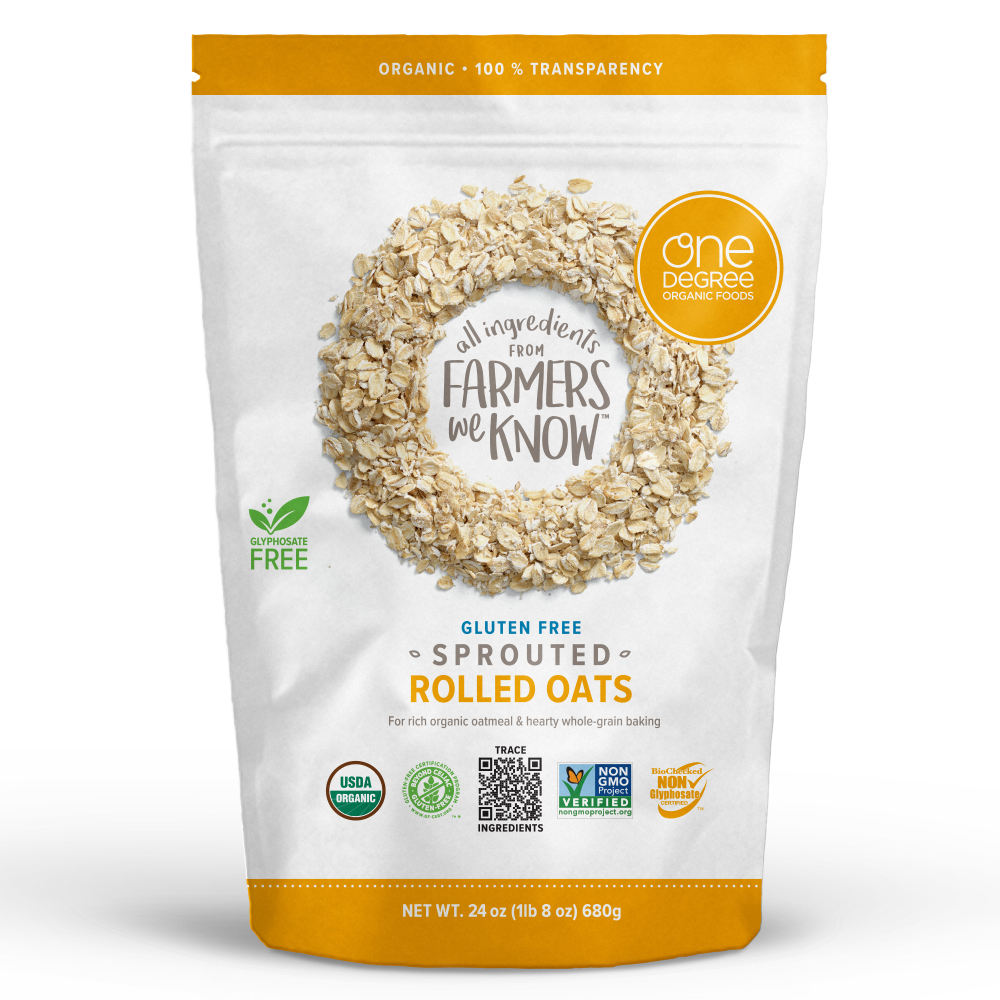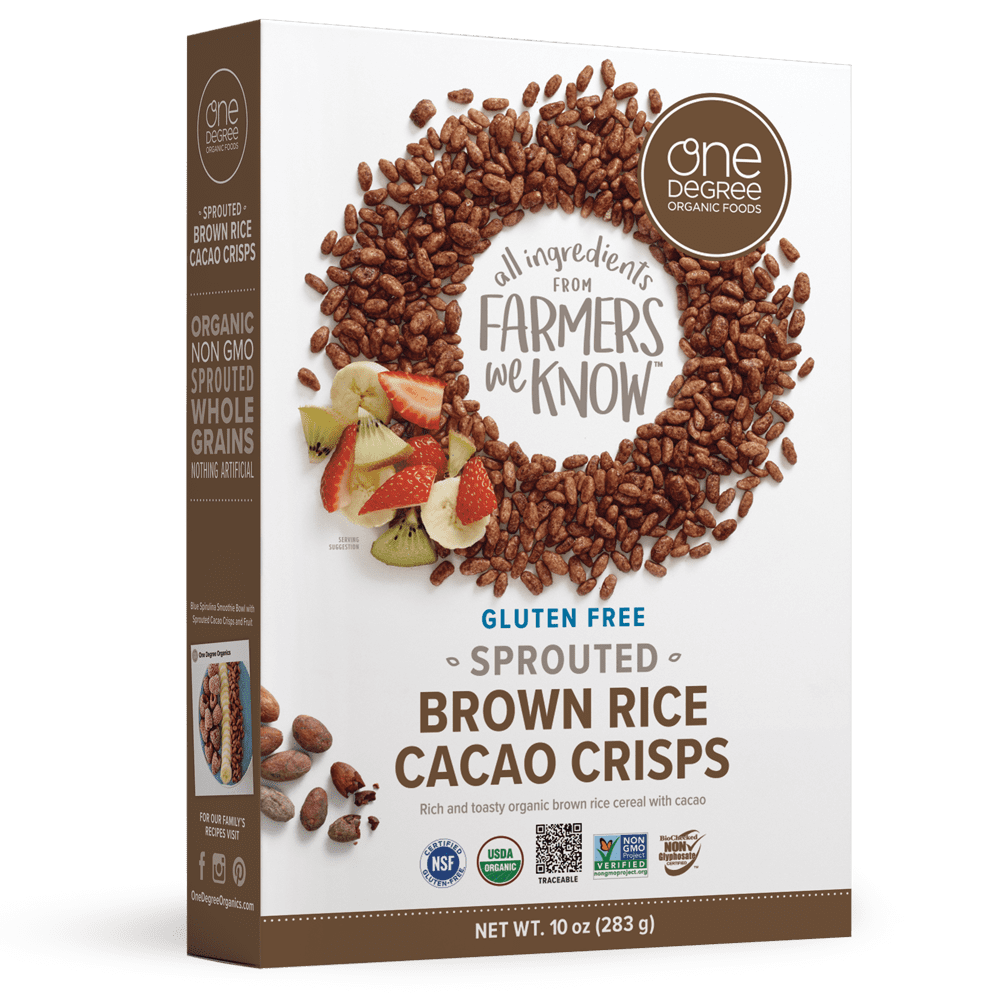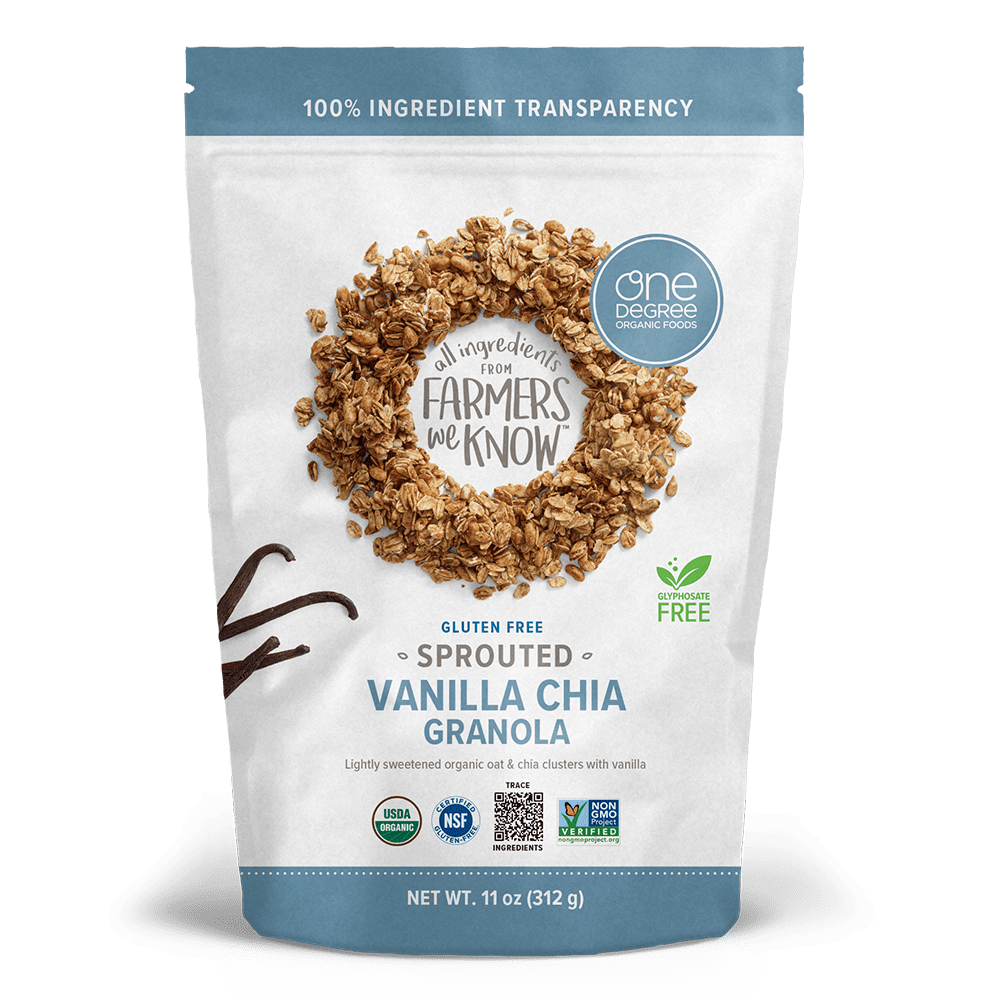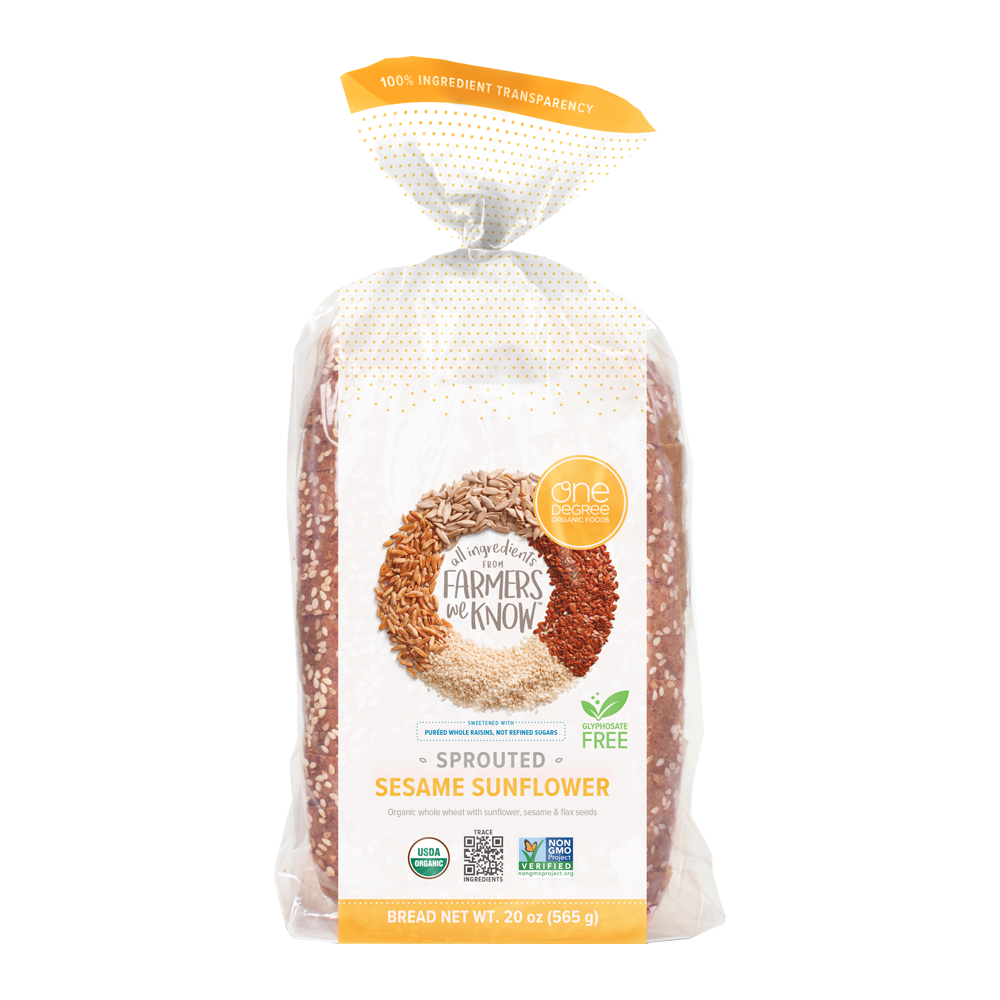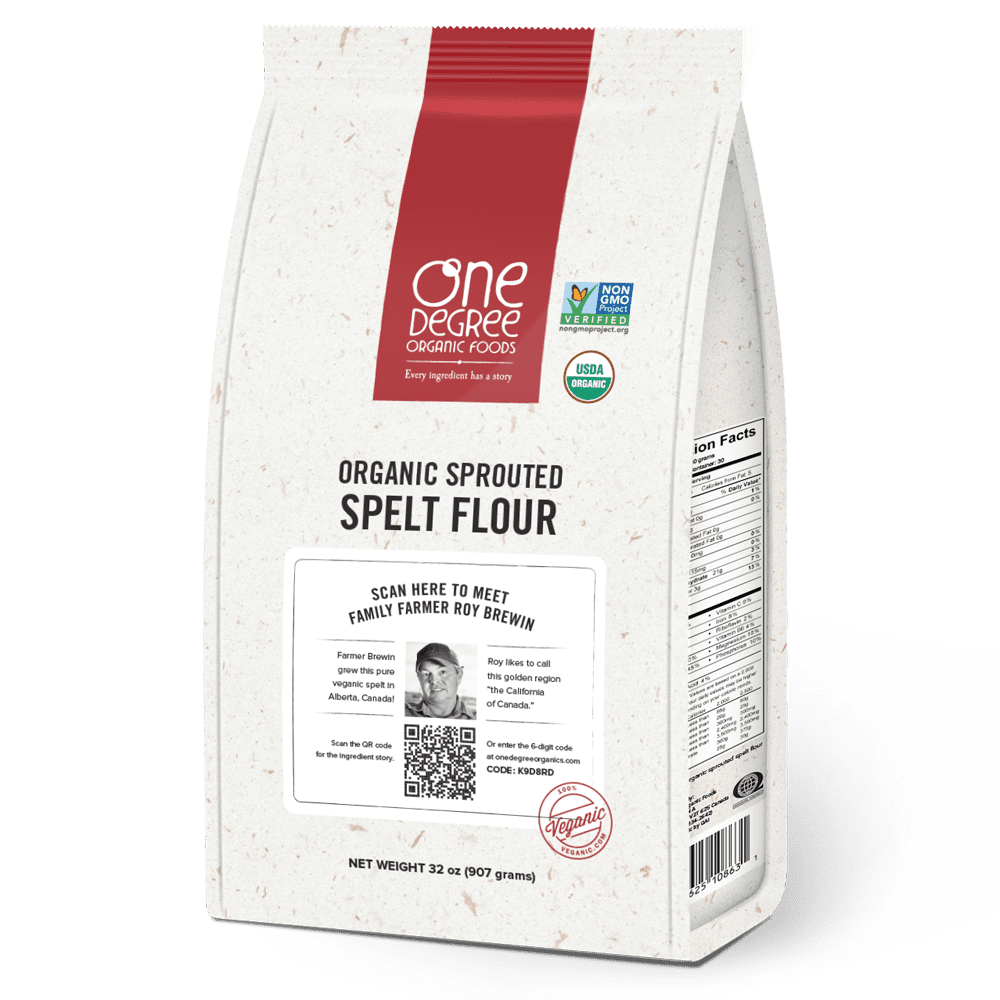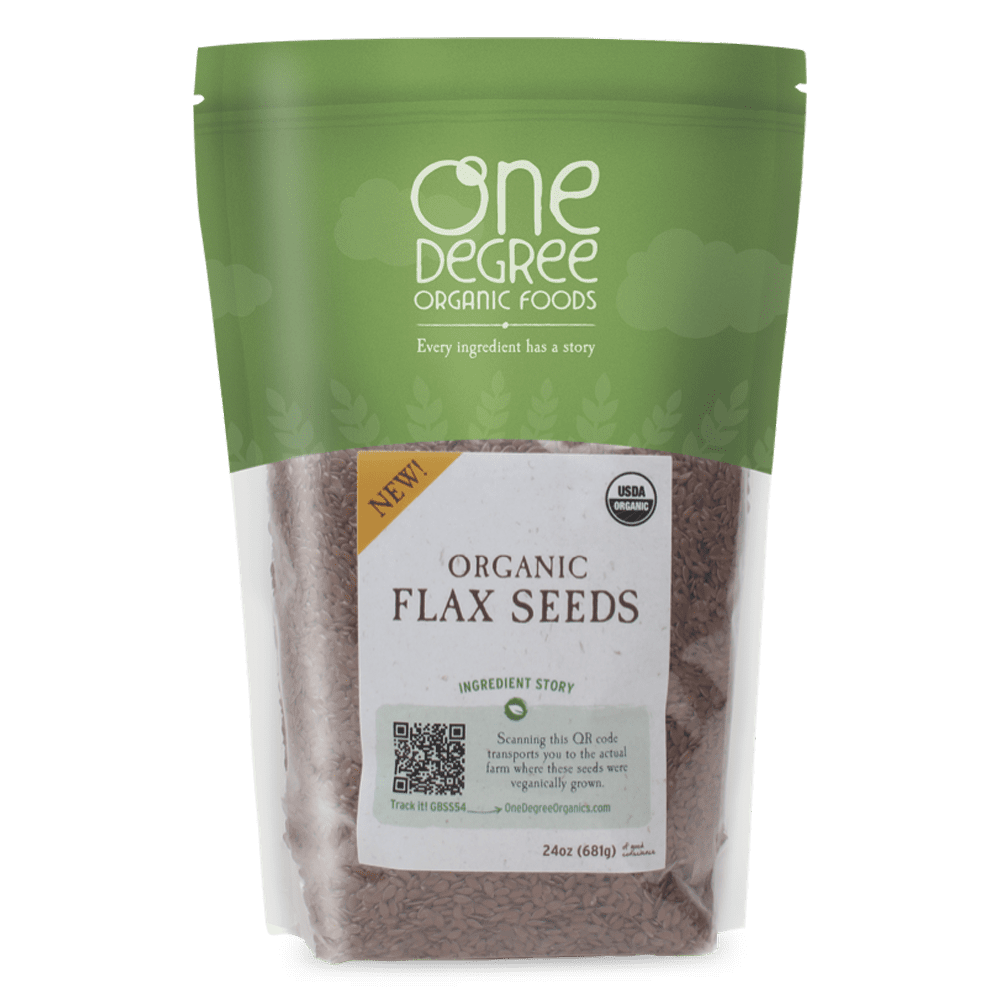Wheat
Cleator Organic Farms
Though he recently retired as professor emeritus at the University of British Columbia (UBC), Iain Cleator, M.D., isn’t about to stop learning, researching, and conducting experiments. In fact, on his 2,650-acre organic farm near Wynard, Saskatchewan—an open-air laboratory of sorts—he’s just getting started.
“What I’m trying to create, here, is better foods so we can get better nutrition to children in particular,” says the 76-year-old farmer, who taught surgery for 46 years with a specialty in gastrointestinal conditions. “After all, you are what you eat.”
Iain and wife Mihaela, also a surgeon, live by this simple philosophy and use only organic and veganic practices on their prairie-land fields.
“There are two kinds of organic farming,” Dr. Cleator notes. “One kind is where you use animal manure and the other kind is where you don’t—you rely on (crop) rotations and what we call ‘green manure’ or weeds to return sustainability to the soil. And we belong to the second group, as does One Degree Organics, because we believe very strongly that this is the healthiest and best way to grow crops.”
For Dr. Cleator, farming, food, and health just naturally go together. At 16, he paid his way through university in Edinburgh, Scotland, working on farms and inspecting crops. He focused on digestive health in medical school because, “I’ve always been interested in nutrition.” Hired by UBC in 1970, he and his family (which would grow to include four children) moved to Vancouver, where he started a garden and got into beekeeping.
“I got my first Buckfast queen bee from ‘Brother Adams,’” he says, explaining that Karl Kehrle, a British Benedictine monk and renowned bee authority developed this disease-resistant cross-strain of bees. “And I don’t like what I’ve seen happening to the poor old bees,” shares Dr. Cleator with appreciation for the vital role pollinators have in our food chain.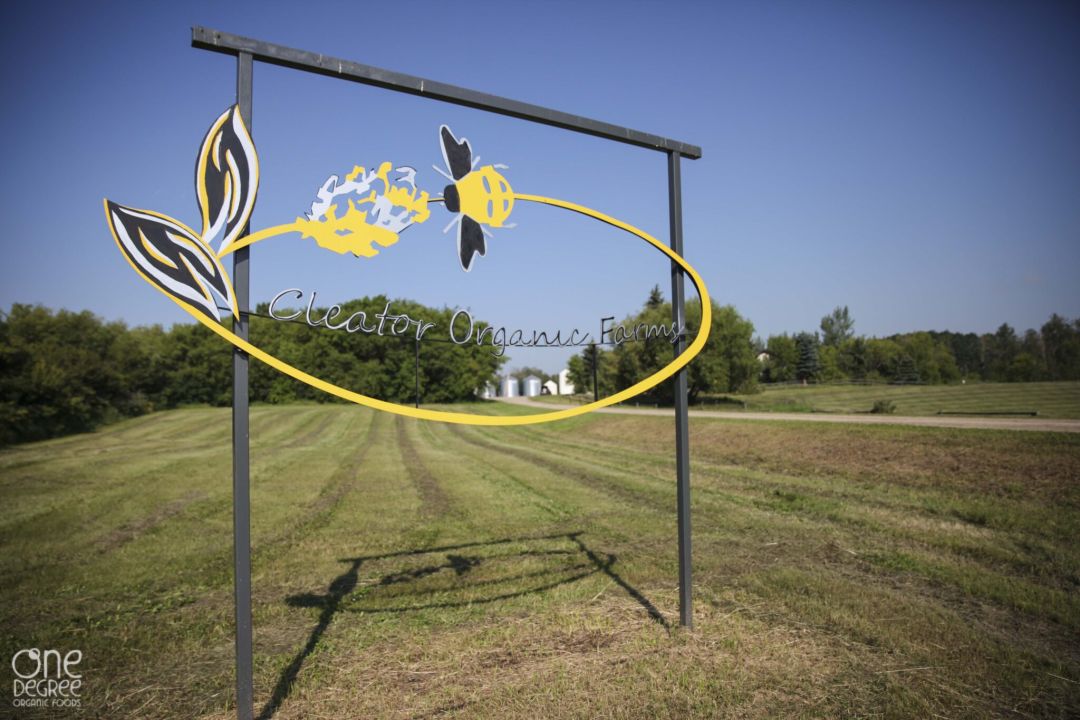
In 2008, Dr. Cleator purchased a large plot on the Saskatchewan prairie near Wynard where he realized another dream by starting a second career as a farmer.
Over the next several years, Iain, Mihaela, and company—two full-time farm operators (one of whom is a First Nation elder) and seasonal workers—gradually converted the conventionally farmed land and earned organic certification.
“The things that influenced me to become an organic farmer were that I didn’t like the use of chemicals—I thought they were unpredictable. I thought that often what happened was that something started off with a good report and ended up with a bad report,” points out Dr. Cleator, whose soft-spoken words fill the air with hints of a Scottish brogue.
“I became convinced, over time, that the older things that we had in our food supply were better than the newer things. In particular, I felt if something had been good enough for 10,000 years, it was probably okay. And if something had been good for just a few years it might be okay, but it might not.”
A foundational part of organic farming—and the cornerstone for healthy food and a healthier planet—is nutrient-rich soil.
“I’m a believer that if you’re going to do something, you should try to do it properly,” continues Iain. “We restore nutrients to the soil through crop rotations. Pulses like lentils, peas, and alfalfa have nitrogen-fixing nodules on their roots so we don’t need to use fertilizer. We plant wheat and peas together and separate them later and we plow weeds back into the land to provide bulk. It’s all natural and sustainable.”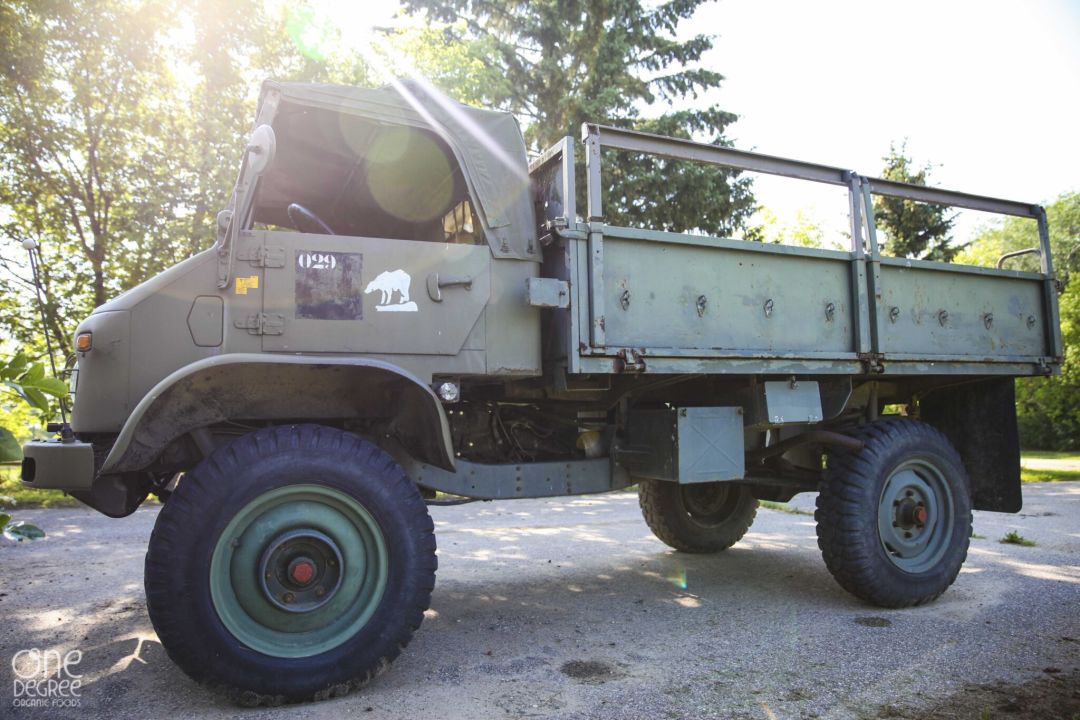
Iain and his team also planted 7.5 miles of shelterbelt at critical points on the farm. “We’re not into using every square inch of the farm for profit. We’re more into live and let live,” shares Dr. Cleator.
The roots of the trees and shrubs along the shelterbelt help to protect the soil against erosion so it can act as a sponge to remove then deliver water as required. “The importance of rich, healthy soil cannot be overstated,” Iain adds. “The complex of organic matter, worms, insects and mycorrhizal fungi is essential.” He also has preserved wetlands on the farm.
The shelterbelt also serves as extended habitat to natural pollinators and wildlife—deer, moose, wolves, ferrets, foxes and birds—wandering over from a nearby international preserve. “We even have pelicans, though you wouldn’t think it on the prairie,” he says. “We are near Big Quill Lake. In the 19th century, people collected feathers the birds dropped and sent them to London where they were made into pens used around the world.”
On the farm, Iain cultivates ancient wheat strains (Red Fife, emmer, spelt), as well as oats, buckwheat (which is actually not wheat, but a rhubarb relative), industrial hemp, green and yellow peas, fava beans and alfalfa, which all serve as both dairy feed and cover crop. He also planted an orchard and focuses on growing nutrient-dense fruits such as Haskap blueberries (a variety developed in Japan and Siberia), sour cherries, raspberries and sea buckthorn.
Ancient wheats, though, are particularly close to Iain’s heart. “They’ve been around over 10,000 years,” he says. “They grew up with humans and they don’t do us much harm. They’re much better for you than most of the modern varieties, especially wheat. They also use less nitrogen; they don’t suck out as many soil nutrients.”
These grains are landrace strains, Iain explains. The term is similar to ‘terroir’ (as used in wine cultivation) and describes the alchemy between certain crops and unique local soils. “They give back to the soil,” he says. “All soil lacks something. Landrace crops can adapt to your soil.”
Dr. Cleator points out that the process of sprouting makes grains more digestible and the particle size of wheat flour also seems to matter. Using a traditional wooden stone grinder from Austria, Iain is experimenting with getting his flour down to 120 microns, much smaller than the 600 to 10,000 microns of most flours in North America. Stone-ground flour, he says, is nutritionally superior to steel-ground flour because it doesn’t add heat—a process that may change the grain’s nutritional characteristics.
The palpable dedication to detail from everyone at Cleator Organic Farms—and the desire to continually create healthy harvests in harmony with the land—is why they’re a perfect fit with One Degree Organic Foods.
“I think it’s very important for consumers to know where their food comes from,” says Dr. Cleator. “And I think One Degree is a brilliant concept.”
While Iain spends a good portion of his time in the fields, he does venture inside every so often. “In my office, I’m surrounded by forms,” he jokes. “We document everything so there’s traceability all the way down the line. If there’s a problem, I can tell you exactly what happened. The conventional guys don’t trace anything.”
He also analyzes his crops for 300 chemicals like glyphosate and arsenic. “Sure I’ve got contaminants, but they’re in the billionths of parts, not the millionths,” he says. “Our crops are as free of contaminants as anything you can get in today’s world.”
As a physician, farmer, and man for all seasons—and like every one of our partners who works the land—Iain cares deeply about his agrarian vocation, wanting to share with the world only the best of what the soil has to offer. “One way that you can tell good food is it tastes great,” says the good doctor and organic farmer with a smile. “That’s a very subtle thing that we’ve been born with—good food always tastes great. And if your food doesn’t taste great, then we’ve not done our job!”
